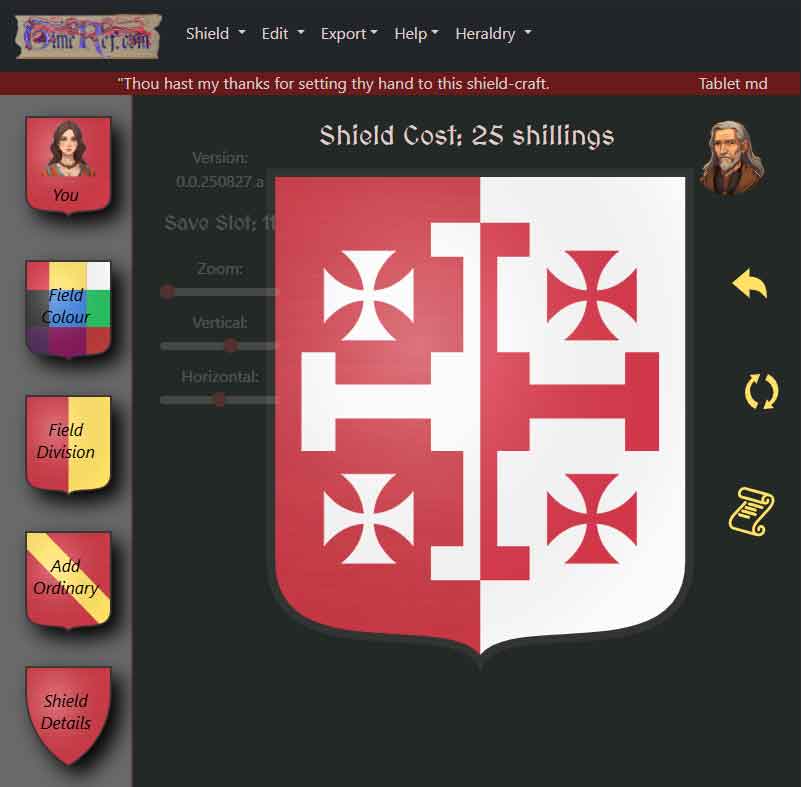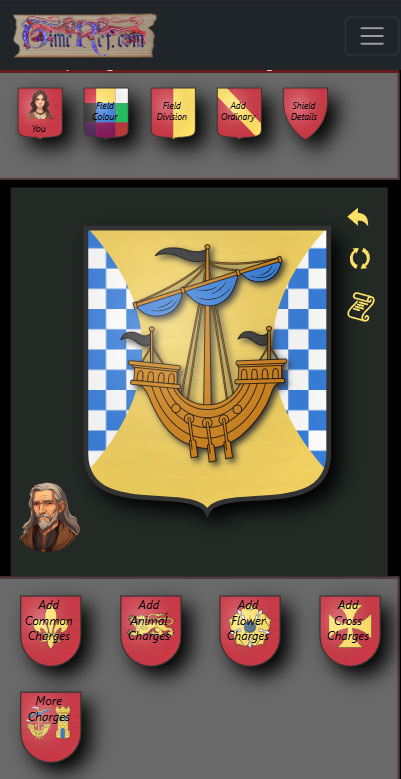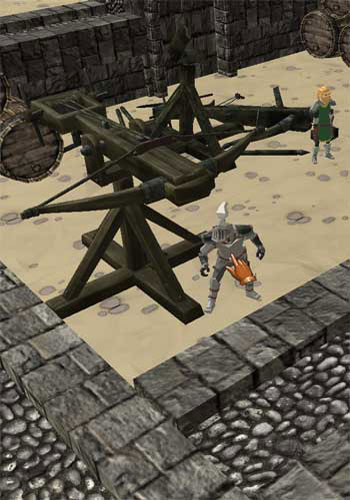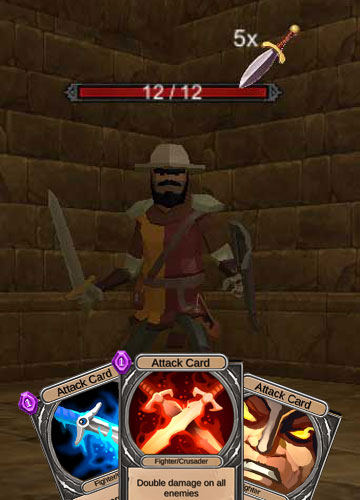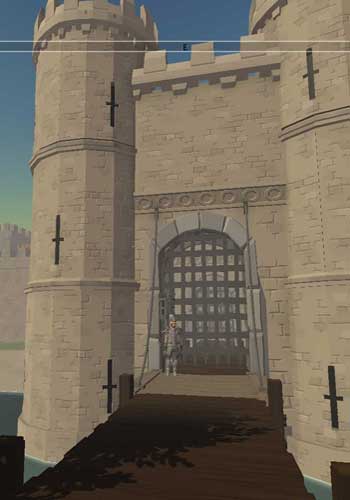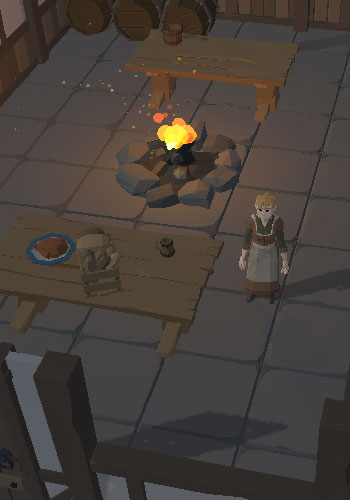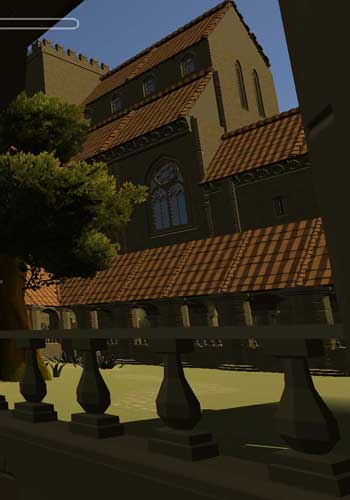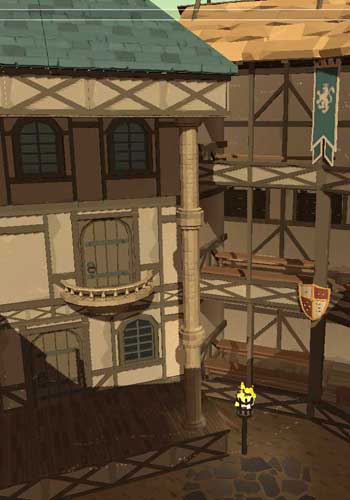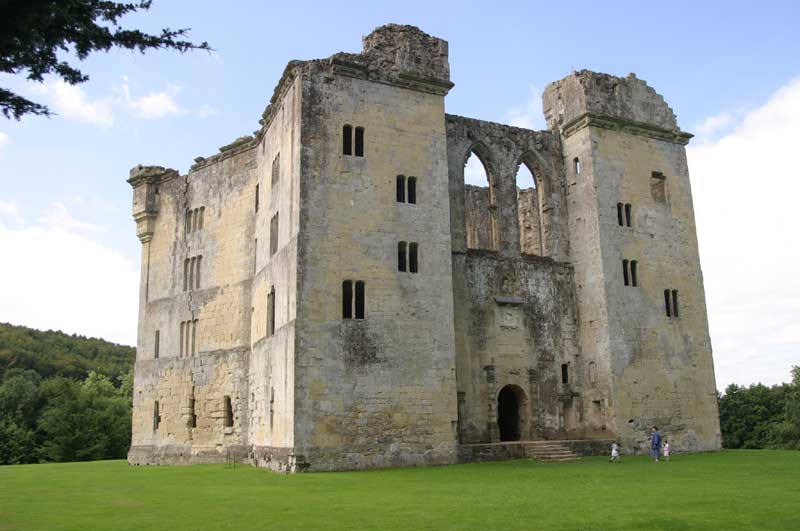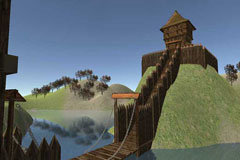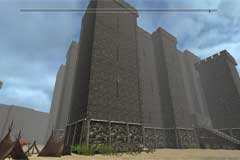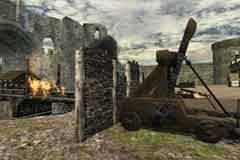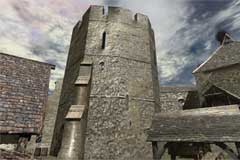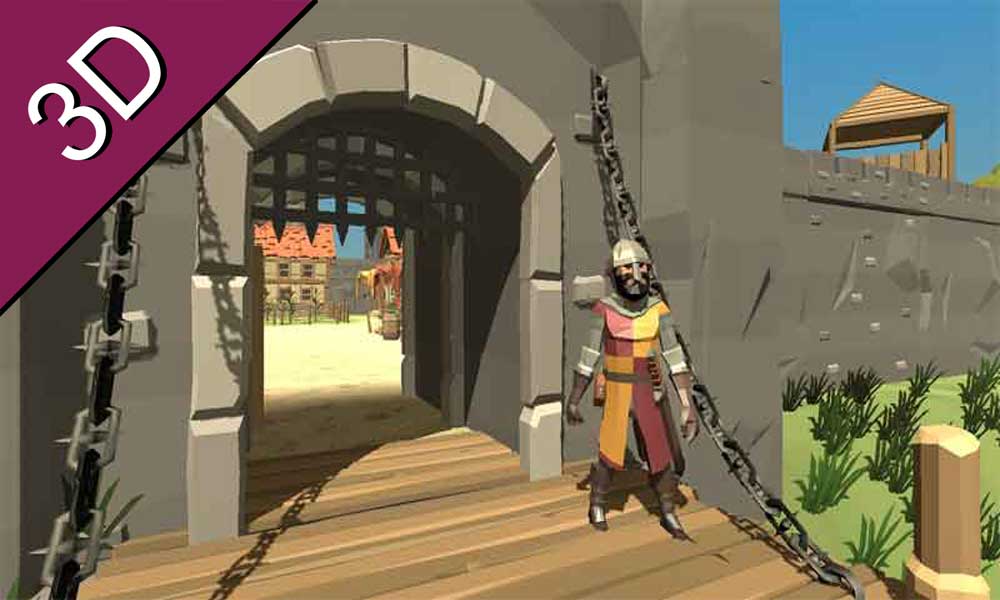 ortchester Castle was a significant fort in Roman times and has remained in good condition because of its continued use over the years. It stands on the shore near Portsmouth harbour and is rectangular in shape. Unlike the other Roman forts on the south coast where silting up of the surrounding land has occurred such as at Pevensey, Portchester has remained near the coastline. In around 1120 Henry I built a medieval castle within the walls of the Roman castle repairing the existing walls, building gates and constructing a large square keep in keeping with the fashion of the time. Extra walls were added in the north-west corner to create an enclosure surrounded by a small moat. In 1133 a small Augustinian Priory was built in the outer bailey and the remains of the church can still be visited.
ortchester Castle was a significant fort in Roman times and has remained in good condition because of its continued use over the years. It stands on the shore near Portsmouth harbour and is rectangular in shape. Unlike the other Roman forts on the south coast where silting up of the surrounding land has occurred such as at Pevensey, Portchester has remained near the coastline. In around 1120 Henry I built a medieval castle within the walls of the Roman castle repairing the existing walls, building gates and constructing a large square keep in keeping with the fashion of the time. Extra walls were added in the north-west corner to create an enclosure surrounded by a small moat. In 1133 a small Augustinian Priory was built in the outer bailey and the remains of the church can still be visited.The castle was in a convenient position for royal parties to stay at when preparing to travel across to Normandy and both King Henry II and Richard II made improvements to it during their reigns. But Portchester Castle lost its status as an important Royal residence in the reign of King John when the castle was almost destroyed after being captured by the Dauphin Louis in 1217 and Portsmouth became the favoured departure point to Normandy, rather than Portchester. In more recent times the castle was used a prison during the Napoleonic Wars when French soldiers were held there.
At the heart of Portchester is the massive keep and inner bailey located in the north west corner of the castle. All of this was built by the Normans long after the castle was abandoned by the Romans. The two storey building range to the north and directly opposite you as you enter the inner bailey is the residence of the constable of the castle. When the King, Queen or Lord was not in residence, the constable was the most important person in the castle.
The two ranges of buildings attached directly to the large keep, to the west and south of the inner bailey were built by King Richard II during the last five years of the fourteenth century, just before his death. Rooms in the west range were for use by the royal party when they stayed at the castle and included a large room on the upper floor known as the Great chamber. The southern range contained a large hall for dining and kitchens. A porch on the southern range provided access to the dining hall and the royal appartments beyond.
The outer bailey has a main road that runs the length of the castle from the landgate in the west wall to the Watergate in the east wall. In Roman times the buildings within this area would have been made of wood and with all the changes that occurred over the centuries no traces of them remain. In Saxon and later medieval times other buildings were constructed and pulled down and the land used for farming.||In the south east corner of the outer bailey is the church of St. Mary. The church was part of an Augustinian monastery that existed for a short period on the site before being moved a couple of miles to the north at Southwick.
In the reconstruction below the outer bailey has been divided up into several areas showing how the area may have been used. It may have had an area for growing crops and raising animals. Being self-contained and having fresh food within a castle was a great advantage if the castle was besieged by enemy forces. Portchester Castle was a place where troops came together before being shipped over to Normandy and France in times of war. The inner bailey was too small to hold all of the troops so the outer bailey was used to house them while they waited.




